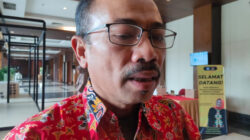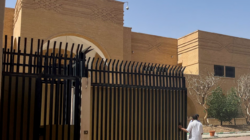In a significant development, UNESCO, the cultural arm of the United Nations, has officially recognized the historical site of Tell es-Sultan, located near the Palestinian city of Jericho in the occupied West Bank, by adding it to its prestigious World Heritage List. This decision was made during the 45th world heritage committee meeting held in Riyadh, Saudi Arabia, and was posted on UNESCO’s official Twitter account.
Tell es-Sultan, an oval-shaped archaeological mound situated in the Jordan Valley, predates even Egypt’s iconic pyramids. It contains invaluable prehistoric evidence of human activity. UNESCO’s assistant director general, Ernesto Ottone, presented the nomination of Tell es-Sultan as a prehistoric archaeological site located outside the ancient city of Jericho.
Remarkably, this inscription followed a three-year candidacy period during which no objections were raised by any state party involved. A diplomat, who chose to remain anonymous due to restrictions on media communication, emphasized that the site primarily consists of prehistoric remains, with no traces of Jewish or Christian artifacts.
Palestinian President Mahmoud Abbas hailed this decision as a momentous occasion, underscoring its significance in affirming the authenticity and historical importance of the Palestinian people. He pledged the commitment of Palestinian authorities to preserve this unique site for the benefit of all humanity.
The inclusion of Tell es-Sultan in UNESCO’s list underscores its status as an integral part of the diverse Palestinian heritage, with exceptional historical value. Palestinian Tourism Minister Rula Maayah, who attended the meeting in Riyadh, lauded Tell es-Sultan’s importance as the world’s oldest fortified city, deserving recognition as a World Heritage Site. UNESCO’s website noted that the site’s fertile oasis and access to water led to the emergence of a permanent settlement as far back as the 9th to 8th millennium BC. The discovery of skulls and statues provides evidence of cultic practices among the neolithic population, while archaeological material from the early Bronze Age reveals signs of advanced urban planning.
It’s worth noting that Tell es-Sultan has been under excavation for more than a century and is celebrated as the oldest continuously inhabited settlement on Earth, as reported by the official Palestinian news agency, Wafa. This inscription on the World Heritage List joins three other Palestinian sites, including the Church of the Nativity and the Old City of Hebron, reinforcing the rich historical and cultural tapestry of the region as recognized by UNESCO.
Source: AFP










